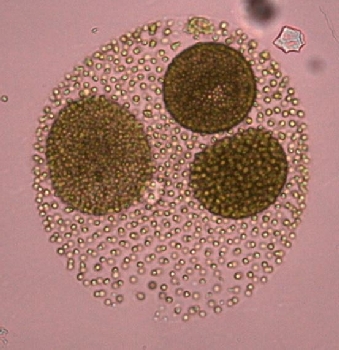
Technical data VolvoxArticle no: P1444601   Principle Benefits
Tasks Learning objectives
Scope of delivery
| |||||||||||||||
Robert-Bosch-Breite 10 – 37079 Göttingen – Germany
www.phywe.com



Technical data VolvoxArticle no: P1444601   Principle Benefits
Tasks Learning objectives
Scope of delivery
| |||||||||||||||

